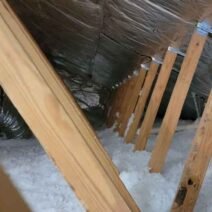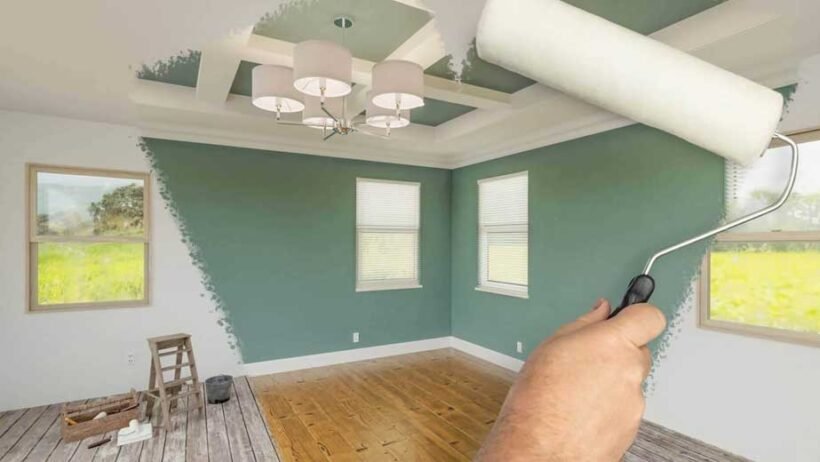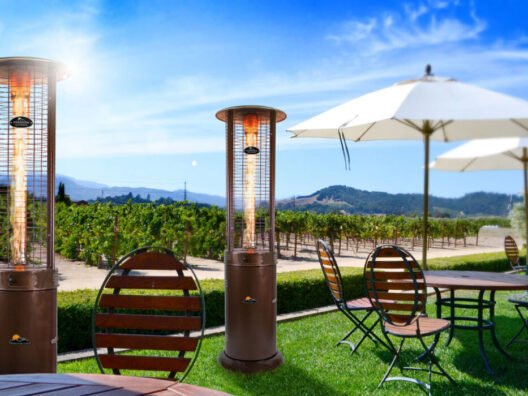When floors, countertops, or other wooden surfaces start looking tired, homeowners are often faced with a difficult choice: should they renovate what they already have or replace it altogether? While ripping out old materials might seem like the fastest route to a “new” look, restoration often proves to be the smarter, more sustainable, and more cost-effective solution. From hardwood flooring to heritage features, giving old surfaces a second life brings benefits that extend far beyond appearance.
The True Cost of Replacement
Replacing wood surfaces, particularly flooring, is rarely a simple swap. Beyond the price of new materials, homeowners must consider:
- Labor costs: Demolition, removal, and installation are labor-intensive.
- Waste disposal: Old materials must be removed and discarded, often at an additional cost.
- Structural adjustments: New floors may require leveling, subfloor repairs, or changes to door heights.
- Downtime: Replacement projects can leave rooms unusable for days or weeks.
These hidden costs add up quickly, often doubling or tripling initial estimates. Renovation, on the other hand, makes use of existing structures, saving both time and money, notes American Heritage Properties solutions.
Renovation: More Than Just a Quick Fix
Some assume that renovation is little more than a cosmetic solution, but the reality is much deeper. Proper restoration revives surfaces at their core. For example, sanding and refinishing hardwood floors does more than make them shine — it removes scratches, corrects uneven wear, and strengthens the surface with new protective coatings.
Renovation also preserves the natural character of wood. Older boards, often crafted from slow-grown timber, are denser and more durable than many modern alternatives. Restoring them maintains quality that can be hard to find in new materials.
Sustainability and Environmental Impact
Sustainability has become a key factor in home improvement decisions. Replacing surfaces often involves sourcing new wood, which contributes to deforestation and transportation emissions. Disposal of old materials creates additional environmental waste.
Restoration is inherently eco-friendly:
- Less waste ends up in landfills.
- Fewer resources are required compared to producing and transporting new materials.
- Extended lifespan reduces the need for frequent renovations.
By choosing renovation, homeowners contribute to a more sustainable future without compromising style or durability.
Preserving Heritage and Authenticity
For period homes or properties with unique architectural details, preservation is more than a choice — it’s a responsibility. Original features such as parquet flooring, oak staircases, or antique wooden doors contribute to a property’s charm and value.
Replacing them with mass-produced alternatives erases history and reduces authenticity. Renovation, on the other hand, allows these features to be restored, respecting craftsmanship from past generations while adapting to modern use.
Performance Benefits of Restoration
Restoration is not only about looks. It can improve performance and durability:
- Stability: Repairing loose boards or cracks prevents future damage.
- Protection: Applying new sealants shields surfaces from moisture, stains, and wear.
- Comfort: Even sanding reduces uneven surfaces, improving both appearance and safety.
- Value: Well-maintained surfaces enhance resale value, appealing to buyers who appreciate authentic, well-cared-for homes.
These upgrades provide long-lasting benefits that go beyond cosmetic appeal.
When Replacement Might Be Necessary
There are circumstances where replacement is unavoidable:
- Severe water damage or rot that has compromised structural integrity.
- Surfaces that have been sanded too many times and no longer have enough material left.
- Contamination with asbestos or hazardous adhesives in older homes.
- Modern safety or building code requirements that demand updated materials.
In these cases, professional assessment is crucial. But for the majority of worn surfaces, renovation remains the smarter option.
Professional Repairs vs DIY
Some homeowners attempt to tackle renovation projects on their own. While light sanding or polishing may be manageable, deeper restoration requires professional tools and expertise.
Professionals provide:
- Dust-controlled sanding that protects indoor air quality.
- High-quality finishes that extend longevity.
- Expert repairs for cracks, gaps, or water stains.
- Tailored solutions for different types of wood and finishes.
For example, those seeking specialized wood floor repairs in the UK often turn to experts who understand not only how to restore beauty but also how to reinforce structure, ensuring floors last for decades.
Cost Comparison: Renovation vs Replacement
To put it into perspective:
- Renovation costs typically range from 20–40% of full replacement, depending on the extent of work required.
- Replacement costs include demolition, waste removal, material purchase, and installation — often making it two to three times more expensive overall.
For homeowners looking to refresh a space without breaking the bank, renovation offers excellent return on investment.
Adding Modern Protection Without Losing Character
Restoration also allows for modern upgrades while keeping authenticity. For example:
- Adding UV-resistant finishes protects against sunlight fading.
- Eco-friendly coatings reduce VOC emissions, improving indoor air quality.
- Water-resistant sealants make kitchens and bathrooms more durable without replacing original wood.
This combination of old-world charm and modern performance makes renovation uniquely advantageous.
Final Thoughts
When wood surfaces begin to look worn, the choice between renovation and replacement has long-term consequences. Replacement is costly, disruptive, and often wasteful. Renovation, in contrast, saves money, reduces environmental impact, and preserves the character of your home. With the right care and professional support, old surfaces can be restored to their original beauty while gaining new strength and protection.
For homeowners deciding between tearing out and starting over or breathing new life into what they already have, restoration is almost always the smarter investment. And when it comes to specialized work such as wood floor repairs, relying on experts ensures that results are not only beautiful but built to last.








